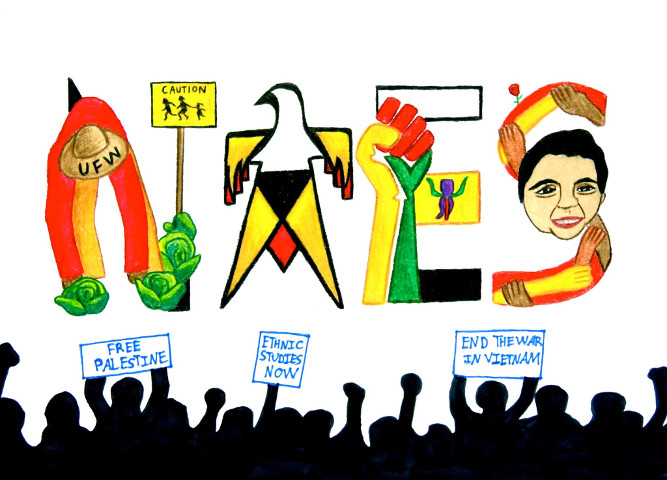Ethnic Studies Review

Orginal Publication Date
2011
Journal Title
Ethnic Studies Review
Volume
34
Issue
esr/vol34/iss1
First Page
1
Last Page
19
Abstract
This paper evaluates students' arguments for a color-blind society to avoid discussions related to the continued existence of racism in USA culture. Relatedly, this writer finds that as an black woman her status as facilitator in the classroom is directly challenged, on occasion, and that race and gender play a primary role in students' perception of classroom material and how she is perceived. Classroom discussions related to historical texts reveal that structures of domination have slanted perception of black and white people in U.S. culture. Finally, a key to open dialogue about race and racism, primarily for white students, is to explain and demonstrate the invisibility of whiteness or white privilege in American society.
Rights
Copyright ©ESR, The National Association for Ethnic Studies, 2011


